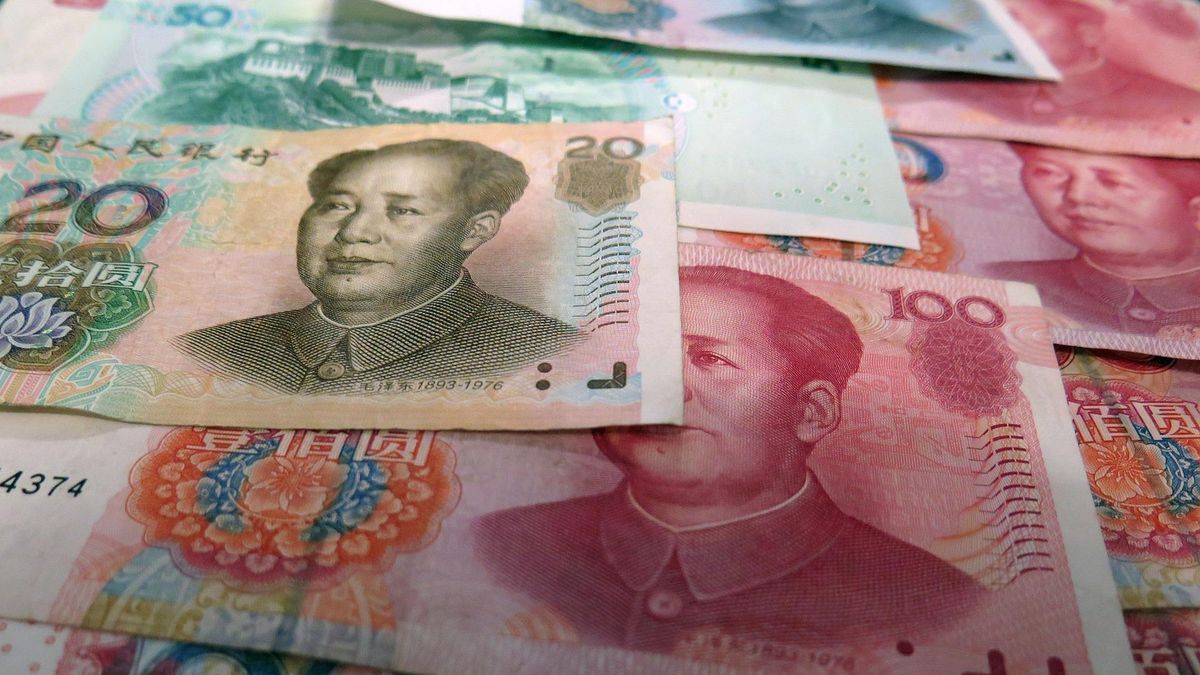The yuan unit on the domestic market similarly broke the key level shortly after markets opened on Friday and was trading at 7.0095 to the dollar at the time of writing.
The effect of the devaluation of the Chinese yuan has an effect on the reserves of the Central Bank of the Argentine Republic (BCRA) because about half of the reserves are in that currency.
Data on Friday indicated that the Chinese economy showed unexpected resilience in August, with higher-than-expected growth in factory output and retail sales. However, the worsening real estate crisis has damaged prospects.
“US-China growth and policy divergence could continue to support USDCNH (dollar-yuan exchange rate) in the coming months, even if some intermittent pullback is seen,” analysts at Maybank said, noting some “surprises.” up” in the Chinese data release.
Often used as a liquid substitute for the yuan, the Australian dollar hit a two-month low of $0.6685, before recovering 0.28% to $0.67195.
The “kiwi” (New Zealand currency) also fell to $0.5956, its lowest level since May 2020, and was up 0.23% at $0.5979.
The euro was up 0.05% at $0.99995, while sterling was down 0.03% at $1.1468.
Traders will now focus on a series of Federal Reserve, Bank of Japan and Bank of England monetary policy meetings next week, with the Fed taking center stage.
US Treasury yields rose after overnight data showed US retail sales unexpectedly rebounded in August, while a Labor Department report showed initial claims for state jobless benefits fell by 5,000.
The two-year US Treasury yield, a gauge of interest rate expectations, hit a new high of 3.901% on Friday, the highest level since 2007. Fed funds futures point to a probability of the 75% for a 75 basis point rate hike at next week’s meeting and 25% for a 100 basis point hike.
This could mean more pain for the battered japanese yenwhich has fallen victim to the rising dollar and widening interest rate differentials.
However, three sources familiar with the Bank of Japan’s thinking said the central bank has no intention of raising interest rates or changing its monetary policy stance to support the yen.
The dollar was down 0.09% against the yen at 143.36, but remains on track for its fifth straight weekly gain.
“Dollar strength will persist, at least in the short term. The two key factors supporting the US dollar remain in place, so we have a very aggressive market assessment for the FOMC…and we also have this worsening of the global growth prospects,” said Carol Kong, senior associate for international economics and currency strategy at the Commonwealth Bank of Australia.
“As long as the outlook for the global economy remains weak, the US dollar can remain strong and perhaps go a little higher.”
The US dollar index was firm at 109.69, near its two-decade high of 110.79.
Source: Ambito
David William is a talented author who has made a name for himself in the world of writing. He is a professional author who writes on a wide range of topics, from general interest to opinion news. David is currently working as a writer at 24 hours worlds where he brings his unique perspective and in-depth research to his articles, making them both informative and engaging.




